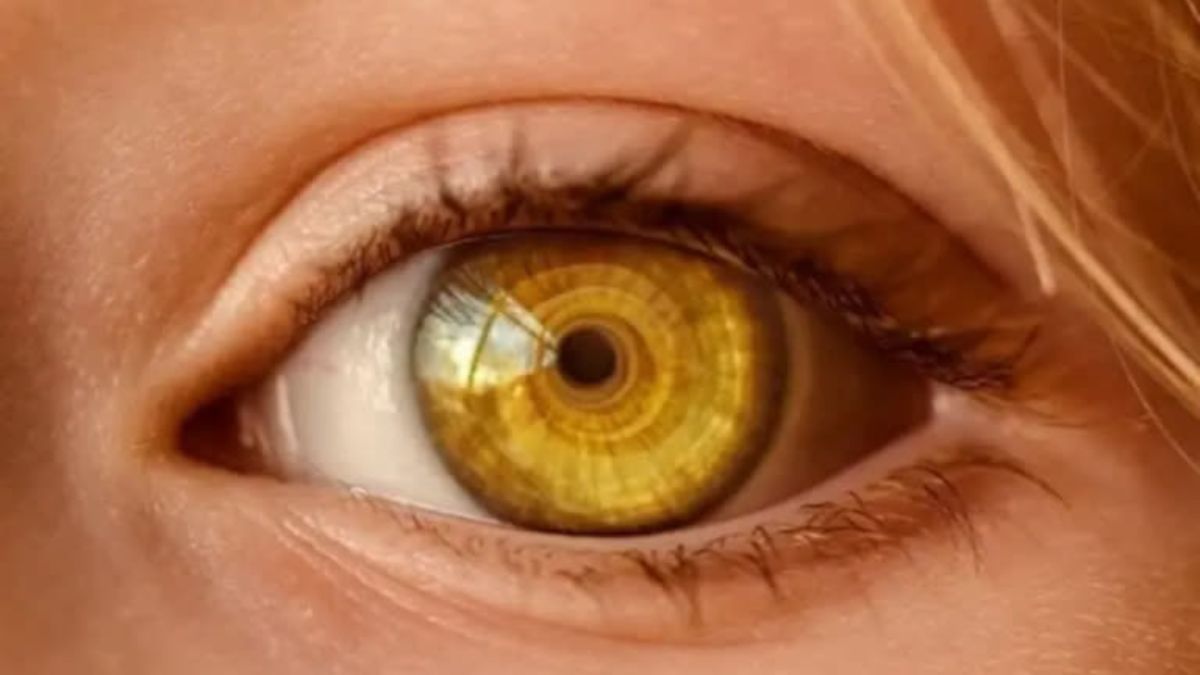
The United States Department of Defense is Developing a Wearable with Real-Time Infection Prediction
U.S. Department of Defense (Image credit- Encyclop...
news-extra-space

 Growth of blood vessels across printed rows of an endothelial-pericyte-fibroblast cell mixture. By day 7, blood vessels fill in the space between the rows, forming a network of capillaries.Kapil Bharti, Ph.D., NEI[/caption]
The team's tissue research, genetic tests, and functional analysis revealed that the printed tissue behaved and looked like the natural outer blood-retina barrier. Printed tissue underwent a progression from early dry-stage AMD, which had drusen deposits beneath the RPE, to late dry-stage AMD, which included tissue degradation.
Low oxygen levels led to choroidal vascular hyperproliferation that moved into the sub-RPE zone and a wet AMD-like appearance. Anti-VEGF drugs improved tissue structure while slowing blood vessel growth and migration in the treatment of AMD. Cell printing, according to Bharti, enabled the exchange of cellular cues needed for the usual outer blood-retina barrier design.
Technical Problems
Bharti's team worked on two technological challenges: getting a reliable printing pattern and developing an acceptable biodegradable scaffold. They created a hydrogel that was temperature-sensitive and made distinct rows when it was cold but disintegrated when it warmed.
According to NIH, good row consistency allowed for the development of a system for evaluating tissue architecture that is more accurate. The ratio of fibroblasts, endothelial cells, and pericytes in the cell combination was also optimised.
[caption id="attachment_75535" align="alignright" width="1400"]
Growth of blood vessels across printed rows of an endothelial-pericyte-fibroblast cell mixture. By day 7, blood vessels fill in the space between the rows, forming a network of capillaries.Kapil Bharti, Ph.D., NEI[/caption]
The team's tissue research, genetic tests, and functional analysis revealed that the printed tissue behaved and looked like the natural outer blood-retina barrier. Printed tissue underwent a progression from early dry-stage AMD, which had drusen deposits beneath the RPE, to late dry-stage AMD, which included tissue degradation.
Low oxygen levels led to choroidal vascular hyperproliferation that moved into the sub-RPE zone and a wet AMD-like appearance. Anti-VEGF drugs improved tissue structure while slowing blood vessel growth and migration in the treatment of AMD. Cell printing, according to Bharti, enabled the exchange of cellular cues needed for the usual outer blood-retina barrier design.
Technical Problems
Bharti's team worked on two technological challenges: getting a reliable printing pattern and developing an acceptable biodegradable scaffold. They created a hydrogel that was temperature-sensitive and made distinct rows when it was cold but disintegrated when it warmed.
According to NIH, good row consistency allowed for the development of a system for evaluating tissue architecture that is more accurate. The ratio of fibroblasts, endothelial cells, and pericytes in the cell combination was also optimised.
[caption id="attachment_75535" align="alignright" width="1400"] 3D Bioprinted Cell Therapy and Disease Modeling by GEN[/caption]
Marc Ferrer, Ph.D., a co-author and the director of the 3D Tissue Bioprinting Laboratory at the National Center for Advancing Translational Sciences, biofabricated the outer blood-retina barrier tissues "in-a-well." His team also produced scientific measurements that made it possible to test people for drug use.
In a news release, Ferrer stated, "Our collective efforts have produced extremely relevant retina tissue models of degenerative eye disorders." Such tissue models have a wide range of possible translational applications, including the creation of medicines.
Bharti and associates are experimenting with adding extra cell types, like immune cells, to the printing process to better replicate natural tissue. To comprehend AMD, however, they are now using printed blood-retina barrier models.
3D Bioprinted Cell Therapy and Disease Modeling by GEN[/caption]
Marc Ferrer, Ph.D., a co-author and the director of the 3D Tissue Bioprinting Laboratory at the National Center for Advancing Translational Sciences, biofabricated the outer blood-retina barrier tissues "in-a-well." His team also produced scientific measurements that made it possible to test people for drug use.
In a news release, Ferrer stated, "Our collective efforts have produced extremely relevant retina tissue models of degenerative eye disorders." Such tissue models have a wide range of possible translational applications, including the creation of medicines.
Bharti and associates are experimenting with adding extra cell types, like immune cells, to the printing process to better replicate natural tissue. To comprehend AMD, however, they are now using printed blood-retina barrier models.
Leave a Reply








U.S. Department of Defense (Image credit- Encyclop...